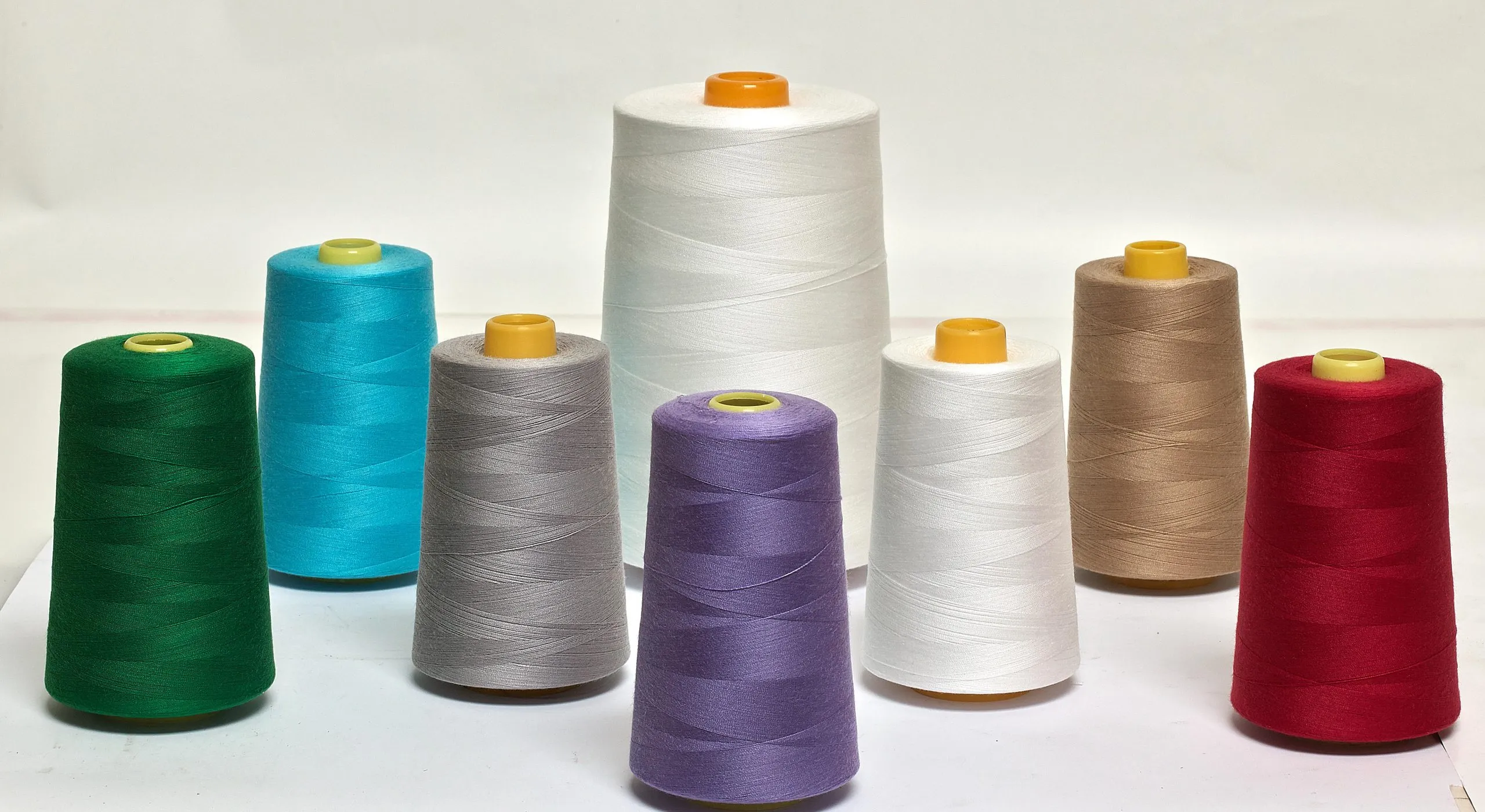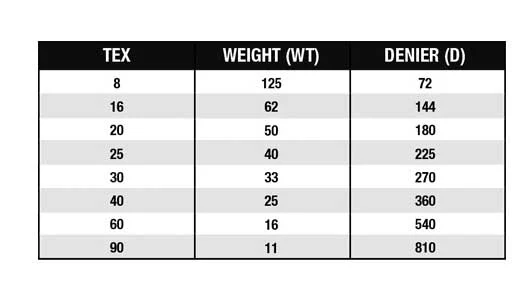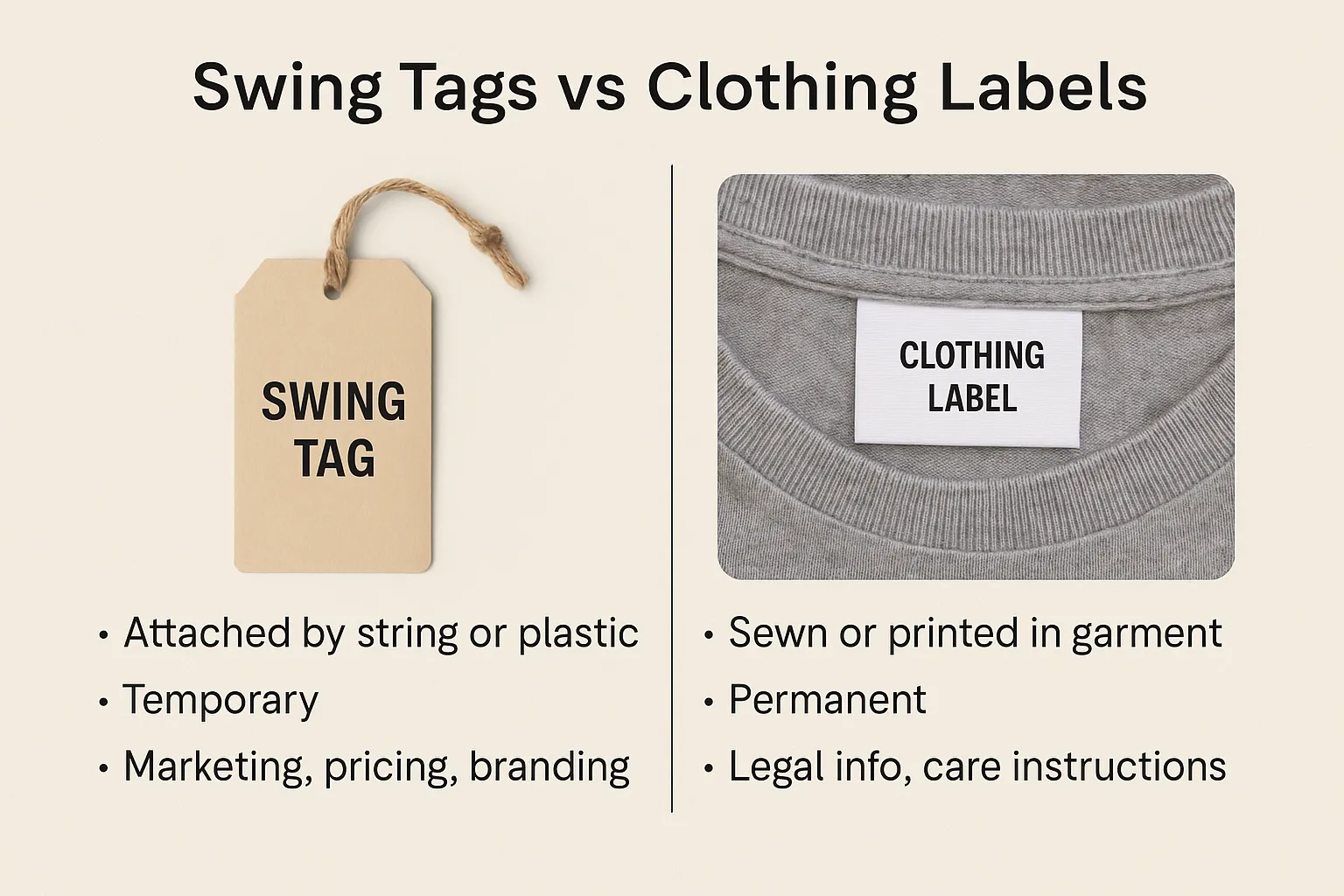
You buy new clothes, you often notice two types of identifiers: a swing tag hanging from the garment and a clothing label sewn or printed inside. Although both provide product information, they serve very different purposes. Understanding the difference helps brands communicate better with customers and helps shoppers make smarter choices.

What Are Swingn Tags & Clothing Labels
Swing Tags?
Before you even touch the fabric or try on a garment, the swing tag often grabs your attention first. It’s the small, hanging tag that holds a brand’s first impression combining design, material, and information to influence how you perceive the product. Swing tags (also known as hang tags) are temporary identifiers attached to garments with a string, ribbon, or plastic fastener.
=> Read More: Swing Tags Explained: Purpose, Design, and Best Practices for Apparel Brands
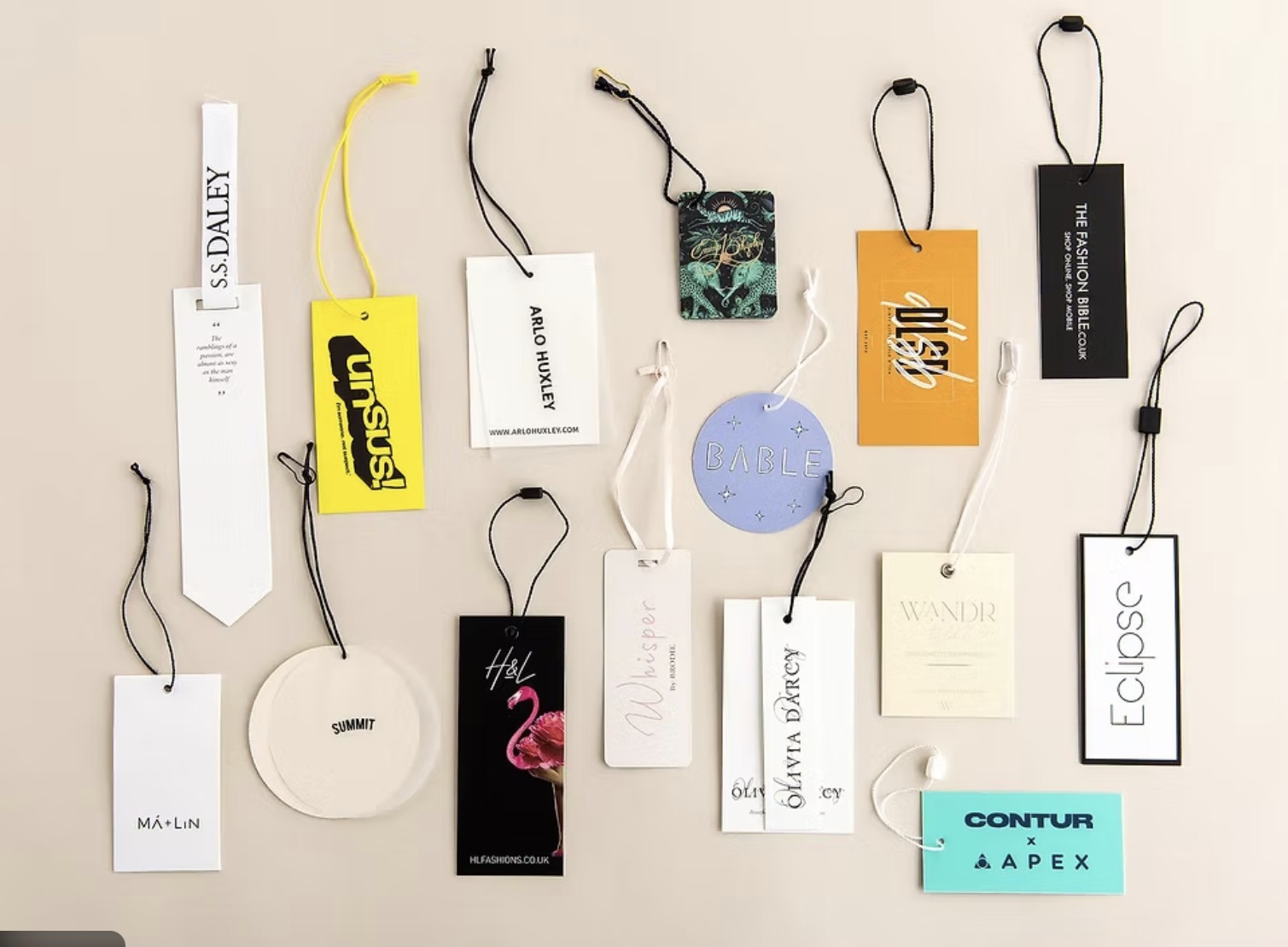
They are designed to be eye-catching and informative, often including:
- Brand name and logo
- Price and barcode
- Size and color
- Fabric composition or care symbols
- Marketing messages like “Eco-Friendly” or “100% USA Cotton”
Purpose:
Swing tags act as the first point of contact between the customer and the product. They influence buying decisions, reinforce brand identity, and help retailers manage inventory. Once the item is purchased, the swing tag is usually removed before wearing.
What Are Clothing Labels?
Once the swing tag is gone, what remains with your clothing throughout its life is the label. It’s the permanent tag you find inside the neckline, side seam, or waistband carrying information that ensures proper care and product authenticity. Clothing labels are permanent identifiers sewn or printed onto the garment.
=> Read More: Garment Labelling Requirements for Clothing
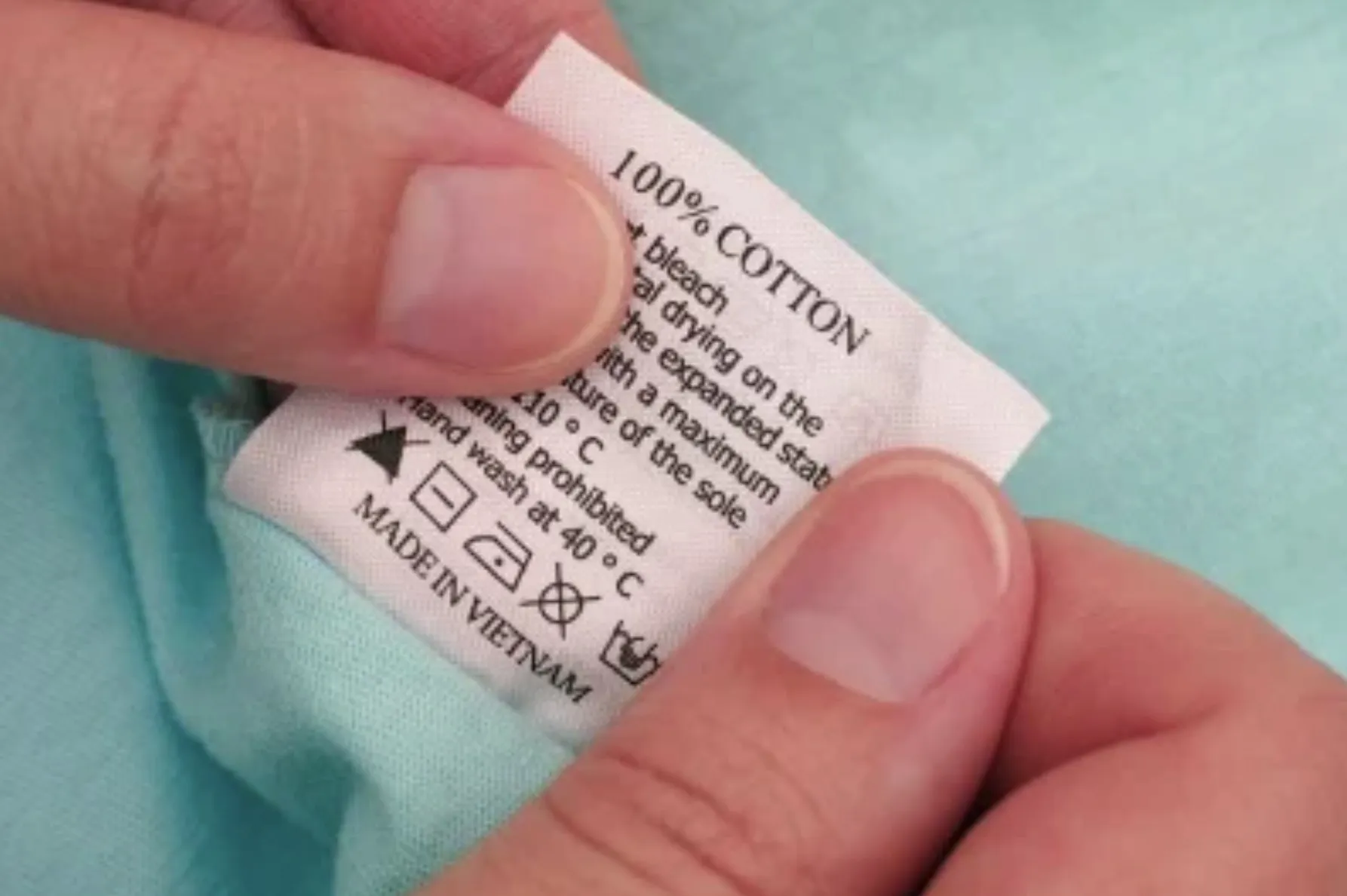
Common types include:
- Brand labels: show the brand name or logo.
- Size labels: indicate the garment’s size (S, M, L, etc.).
- Care labels: show washing, drying, and ironing instructions.
- Content labels: list fabric composition (e.g., 100% cotton).
- Origin labels: state where the item was made (“Made in Vietnam”).
Purpose:
Unlike swing tags, clothing labels serve a functional and regulatory role. They help consumers properly care for their garments and provide required legal information for textile compliance.
Key Differences Between Swing Tags and Clothing Labels
Although both carry product information, swing tags and clothing labels are designed for completely different stages of the customer journey one for attraction, the other for retention.
| Feature | Swing Tags | Clothing Labels |
|---|---|---|
| Attachment | Temporary (string or plastic fastener) | Permanent (sewn or printed) |
| Purpose | Marketing, brand identity, pricing | Compliance, care, composition |
| Visibility | External, visible during shopping | Internal, remains after purchase |
| When Removed | Before wearing | Never removed |
| Regulation | Not legally required | Often required by law |
| Design Freedom | Highly creative | Functional and standardized |
Why Both Are Important:
A professional garment presentation doesn’t rely on one tag alone. Both swing tags and clothing labels complete each other one catches the customer’s attention, while the other ensures long-term satisfaction and brand credibility. Together, swing tags and clothing labels form a complete branding and information system:
- The swing tag grabs attention and helps customers decide.
- The label builds long-term trust and guides product care.
For manufacturers and designers, investing in both ensures a professional finish and a better customer experience.
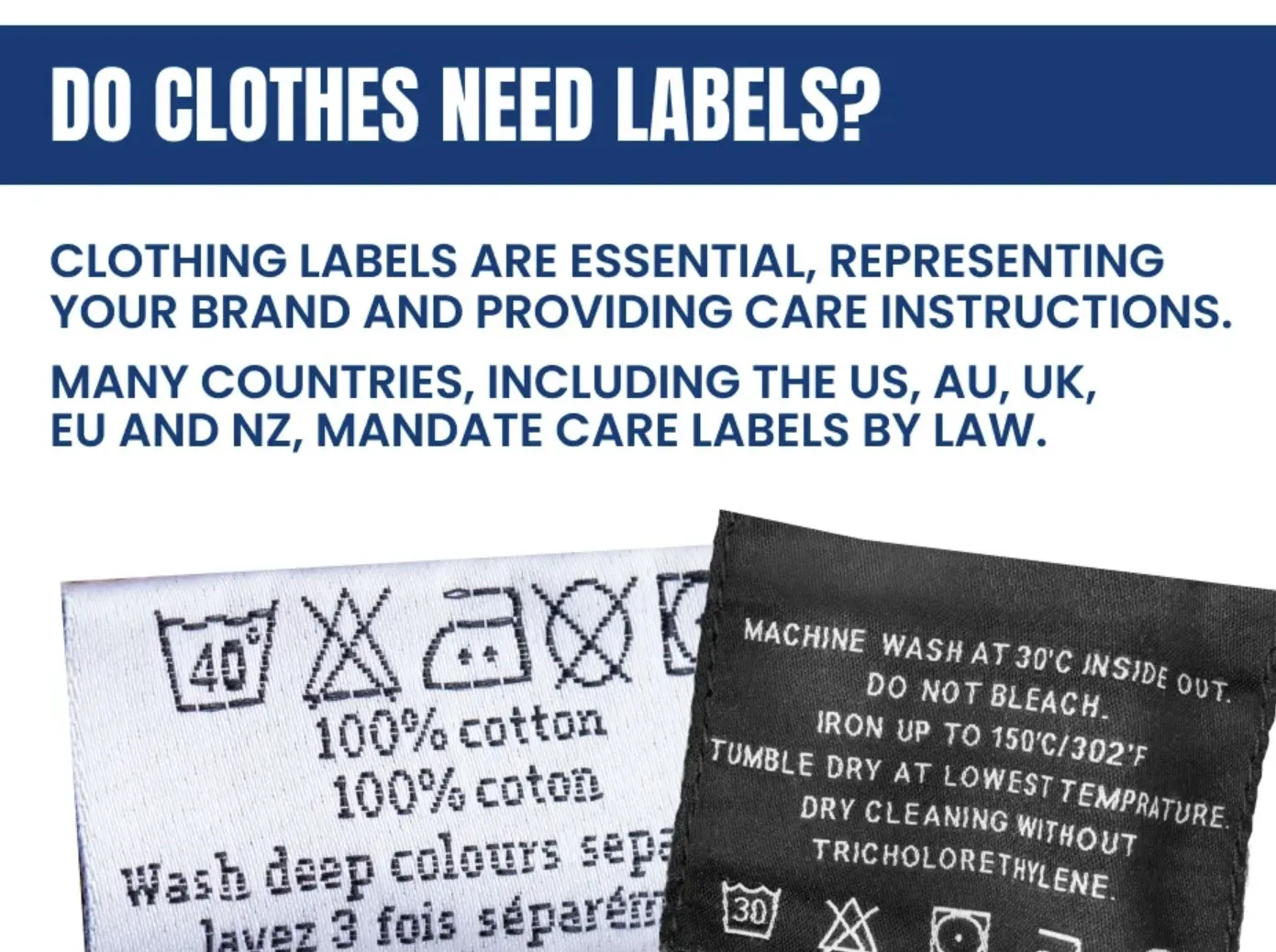
Final Words / Conclusion
So, no swing tags are not the same as clothing labels. Swing tags are temporary storytellers that highlight your brand before purchase, while clothing labels are lasting messengers that carry essential details after the sale. Both play vital roles in connecting your brand to your customer one catches the eye, the other earns lasting trust.
FAQs About Are Swing Tags the Same as Clothing Labels?
In short, What is a swing tag?
A swing tag (also called a hang tag) is a temporary identifier attached to a garment usually by string, ribbon, or plastic fastener that sits externally and is visible before purchase. It typically includes information like brand name/logo, price, barcode, size, color, fabric composition or care symbols, and sometimes marketing messages (e.g., “Eco-Friendly”).
In short, What is a clothing label?
clothing label is the permanent tag sewn or printed inside a garment (in neck, side seam, waistband, etc.). It remains with the garment through its lifecycle. Common types include brand labels (brand name/logo), size labels (S, M, L, etc.), care labels (washing, drying, ironing instructions), content labels (fabric composition), and origin labels (“Made in…”).
Are swing tags and clothing labels the same thing?
No, they serve different purposes, have different placements, and follow different regulations. The article clearly states: So, no swing tags are not the same as clothing labels
Why are both swing tags and clothing labels important in apparel manufacturing and branding?
Because they play distinct but complementary roles:
Swing tags capture the customer’s attention at point-of-sale, build brand identity, and influence buying decisions. Clothing labels build long-term trust, provide essential garment care and regulatory information, and support brand credibility after purchase. Together, they form a complete information and branding system: one handles attraction, the other retention.
For a garment manufacturer or brand, what should be the focus when designing swing tags versus labels?
Swing tags: Focus on creativity, brand alignment, visual appeal, and information that helps sell the garment (brand name/logo, size, color, price, marketing message). Clothing labels: Focus on accuracy, compliance (fabric composition, care instructions, origin), durability (labels must survive washes/wears), and integration into garment construction.
Can a garment have only one of the two (swing tag or clothing label)?
Technically, yes but it is not ideal. Without a swing tag, you lose a branding and retail selling opportunity. Without a proper clothing label, you risk non-compliance with textile regulations and reduce post-purchase consumer information. The article emphasizes investing in both for a professional finish.

